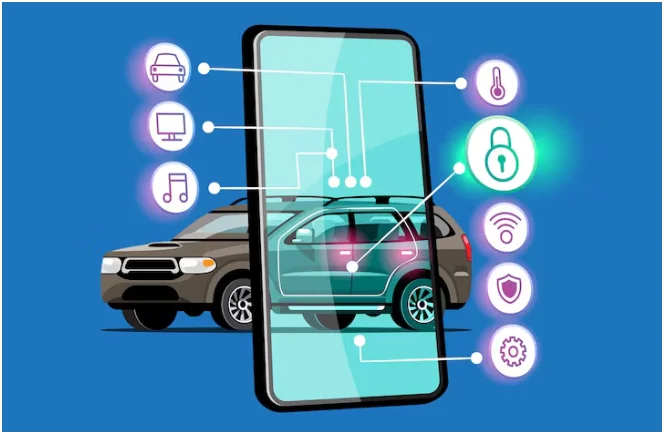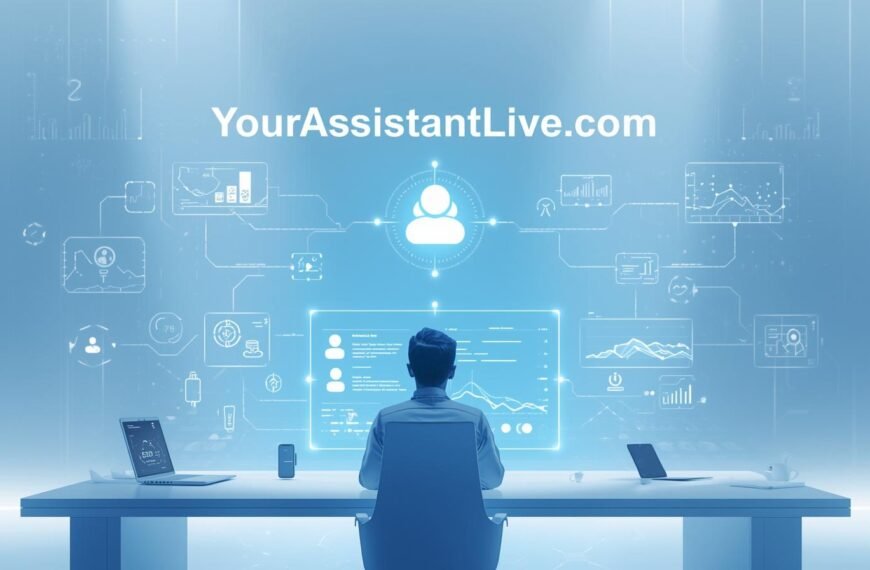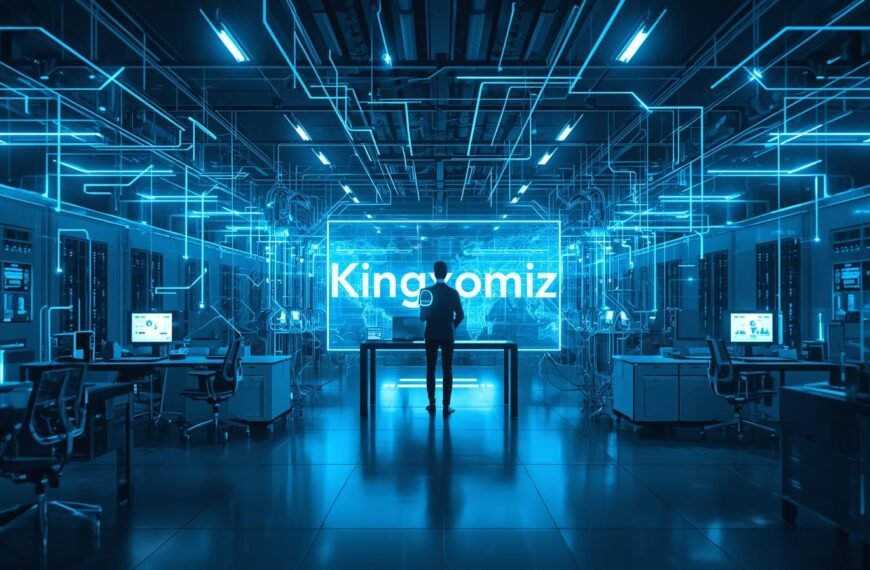Imagine your steering wheel turning 180 degrees on its own while driving. Your brakes fail. The engine shuts off. This happened to a Jeep Cherokee in 2015, triggering a 1.4 million vehicle recall.
Fast forward to 2024: over 100 ransomware attacks hit automotive systems, plus 200+ data breaches. With 400 million connected cars coming by 2025, we’re not discussing stolen data. We’re talking weaponized vehicles threatening lives and businesses.
In this article, we’ll discuss how to make automotive software development secure from these and some other threats.
The Attack Surface Just Got Massive
Cars aren’t cars anymore. They’re computers with wheels, and the numbers prove it:
| Vehicle Complexity Growth | 2024 | 2030 |
| Electronic Control Units | 150 | 200+ |
| Lines of Code (millions) | 100 | 300 |
| Connected Vehicles (millions) | 400 | 1,000+ |
Modern vehicles pack massive amounts of code. Every line creates potential entry points. The attack patterns shifted dramatically too. While CAN bus attacks dropped 75% since 2019, that’s not good news. Hackers found easier targets. Now 90% of attacks hit peripherals: Bluetooth, Wi-Fi, cellular connections, USB ports.
Take the recent PerfektBlue vulnerabilities. Researchers found critical Bluetooth flaws affecting millions of vehicles. Attackers could gain remote code execution, track GPS coordinates, record audio, access contacts, and potentially control critical functions. All without touching the car.
How Hackers Break In
Let’s cut through fear-mongering and focus on real attack vectors your security team needs to understand.
Over-the-Air Update Hijacking
OTA updates should be convenient: push a software fix, millions of cars get updated overnight. But these updates create massive attack windows.
Common OTA Attack Methods:
- Spoofing attacks → Making malicious updates look legitimate
- Tampering → Modifying updates during transmission
- Privilege escalation → Gaining unauthorized system access
- Arbitrary flashing → Tricking cars into installing malicious firmware
CAN Bus Manipulation
The Controller Area Network connects every critical system. Brakes, steering, airbags, engine control. Everything talks through the CAN bus. The protocol was designed in the 1980s with zero security features. No encryption. No authentication. It’s a broadcast network where every component can “hear” every message.
CAN Bus Vulnerabilities:
- Message spoofing → Fake high-priority commands
- Injection attacks → Malicious code insertion
- Denial-of-service → Preventing legitimate safety systems from working
Physical Entry Points
The OBD-II diagnostic port provides direct CAN bus access. Car thieves have started exploiting this systematically, disabling immobilizer systems and stealing high-end vehicles. Physical security still matters in our connected world.
Sensor Attacks
Autonomous features rely on GPS, radar, LiDAR, cameras. All hackable:
| Sensor Type | Attack Method | Impact |
| GPS | Signal spoofing | Navigation manipulation |
| Radar | Jamming/spoofing | Collision system failure |
| Cameras | Pattern-based fooling | Object recognition errors |
The Real Business Impact
The business consequences are severe and accelerating.
Regulatory Compliance Requirements
Key Standards You Must Meet:
- UNECE WP.29 → Cybersecurity management systems required
- ISO/SAE 21434 → Technical framework for vehicle cybersecurity
- Market Access → Non-compliance = can’t sell in Europe, Japan, South Korea
Supply Chain Liability Explosion
You’re responsible for your entire supply chain’s security. If a Tier 2 supplier ships vulnerable components, you own the liability. Average vehicles having components from dozens of suppliers means risk compounds exponentially.
Financial and Brand Consequences
Cost Categories:
- Direct recall costs → Millions in immediate expenses
- Brand damage → Long-term customer confidence erosion
- Regulatory fines → Escalating penalties for non-compliance
- Legal liability → Accident-related lawsuits from security failures
Building Real Protection
Enough doom and gloom. Here’s how to defend your vehicles.
Start With ISO 21434 Compliance
ISO/SAE 21434 is your roadmap covering the entire vehicle lifecycle from concept to decommissioning.
Three Critical Implementation Phases:
Development Phase:
- Security-by-design principles
- Threat analysis and risk assessment (TARA)
- Secure coding with MISRA, AUTOSAR C++14, CERT standards
Production Phase:
- Secure manufacturing processes
- Supply chain verification
- Configuration management
Post-Production Phase:
- Incident response procedures
- Vulnerability management
- Secure OTA update delivery
Implement Defense in Depth
Layer your security controls. No single solution will save you.
Network Segmentation Strategy:
- Isolate critical systems → Separate brakes/steering from infotainment
- Gateway control → Use ECUs to manage inter-network communication
- Zero trust architecture → Verify every connection and transaction
Cryptographic Protection:
- Digital signatures → Every OTA update must be cryptographically signed
- Key verification → Vehicles verify signatures before accepting updates
- Rejection protocols → Mismatched signatures = automatic update rejection
Advanced Detection Systems:
- Deep learning IDS → Identify DoS attacks, spoofing, abnormal traffic
- Real-time monitoring → High accuracy in threat detection
- Automated response → Immediate isolation of compromised systems
Hardware Security Foundation:
- Secure boot → Hardware security modules (HSMs) ensure only authorized software runs
- Root of trust → Cryptographic foundation for all security operations
- Tamper resistance → Physical protection against hardware attacks
Your Implementation Roadmap
Don’t try to boil the ocean. Apply this phased approach instead:
Phase 1: Assessment and Foundation (Months 1-6)
- Risk assessment → Map current attack surface, identify critical vulnerabilities
- Team training → ISO 21434 certification for security teams
- Baseline establishment → Document current security posture
Phase 2: Core Security Implementation (Months 6-12)
- Network segmentation → Isolate critical systems from non-essential networks
- Secure boot deployment → Hardware security module integration
- Basic IDS → Deploy intrusion detection for immediate threat visibility
Phase 3: Advanced Protection (Months 12-18)
- Full CSMS implementation → Complete cybersecurity management system
- Supply chain requirements → Security standards for all vendors
- Incident response → Automated threat response and recovery procedures
Phase 4: Continuous Operations (Ongoing)
- Threat intelligence → Real-time attack pattern monitoring
- Regular assessments → Quarterly security evaluations
- Compliance maintenance → Ongoing regulatory requirement adherence
Companies that get automotive cybersecurity right will differentiate themselves, avoid costly recalls, meet compliance requirements, and build customer trust. The technology exists, frameworks are proven.
Start with ISO 21434, implement defense in depth, and secure your development process. Your customers’ lives and your business depend on it.









